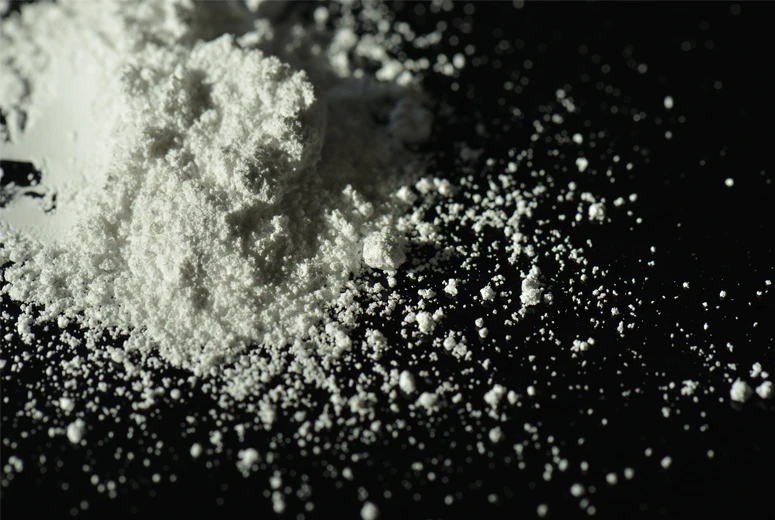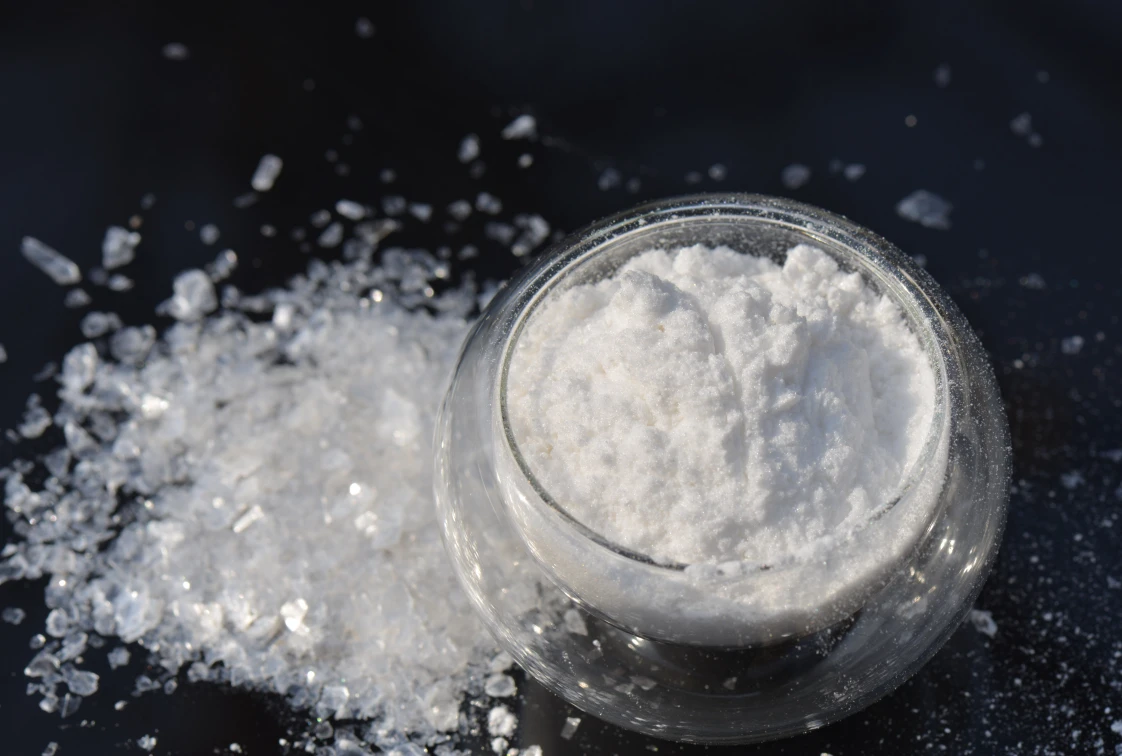Feb . 01, 2025 01:01
Back to list
phlogopite vs muscovite
Phlogopite and muscovite are two intriguing minerals within the mica group, known for their unique properties and diverse applications. While both these micas share similarities, their differences are crucial, especially for industries that rely on their specific physical and chemical properties. This discussion delves into the distinctive features of phlogopite and muscovite, shedding light on their applications, benefits, and why they are sought after in various sectors.
Environmental considerations also guide the choice between phlogopite and muscovite. Phlogopite mining and processing tend to be more environmentally intensive, largely due to the energy required to extract and process the dense material. However, this environmental cost can be offset by its longevity and decreased need for replacement, making it more sustainable over time in certain contexts. Muscovite, being lighter and easier to process, presents a smaller immediate environmental impact, which is an important factor in industries aiming to reduce their carbon footprint. Despite these intrinsic benefits, the selection between phlogopite and muscovite often boils down to the specific requirements of the application. For instance, phlogopite’s superior thermal performance makes it quintessential in scenarios where high temperature endurance is essential. Conversely, muscovite’s lightweight and excellent electrical insulating attributes make it preferable in delicate electronic applications. With continuous advancements in material science, both phlogopite and muscovite are subjects of ongoing research. Potential developments could further enhance their properties, opening up even more applications and opportunities for innovation. Their roles in emerging technologies like renewable energy systems and advanced electronics signify their importance not just today, but in the technological advancements of tomorrow. In conclusion, when choosing between phlogopite and muscovite, it is essential to consider the specific demands of the application. A thorough understanding of both minerals’ properties can lead to better decision-making, optimizing performance while minimizing costs and environmental impact. As the industry progresses, these micas will remain invaluable, backed by their proven expertise and trustworthiness in delivering consistent, reliable results.


Environmental considerations also guide the choice between phlogopite and muscovite. Phlogopite mining and processing tend to be more environmentally intensive, largely due to the energy required to extract and process the dense material. However, this environmental cost can be offset by its longevity and decreased need for replacement, making it more sustainable over time in certain contexts. Muscovite, being lighter and easier to process, presents a smaller immediate environmental impact, which is an important factor in industries aiming to reduce their carbon footprint. Despite these intrinsic benefits, the selection between phlogopite and muscovite often boils down to the specific requirements of the application. For instance, phlogopite’s superior thermal performance makes it quintessential in scenarios where high temperature endurance is essential. Conversely, muscovite’s lightweight and excellent electrical insulating attributes make it preferable in delicate electronic applications. With continuous advancements in material science, both phlogopite and muscovite are subjects of ongoing research. Potential developments could further enhance their properties, opening up even more applications and opportunities for innovation. Their roles in emerging technologies like renewable energy systems and advanced electronics signify their importance not just today, but in the technological advancements of tomorrow. In conclusion, when choosing between phlogopite and muscovite, it is essential to consider the specific demands of the application. A thorough understanding of both minerals’ properties can lead to better decision-making, optimizing performance while minimizing costs and environmental impact. As the industry progresses, these micas will remain invaluable, backed by their proven expertise and trustworthiness in delivering consistent, reliable results.
Prev:
Latest news
-
Transforming Surfaces with Mica-Enhanced Paints in Coatings and DecorationNewsJul.02,2025
-
The Ultimate Guide to Mica-Based Luminous Colors with Pearlescent PigmentNewsJul.02,2025
-
The Critical Role of Mica in Industrial Applications in Welding and Oil FieldsNewsJul.02,2025
-
Revolutionizing Automotive Aesthetics with Modified Plastics Pearlescent PigmentsNewsJul.02,2025
-
The Secret with Mica Powder for Cosmetics Behind Radiant, Natural MakeupNewsJul.02,2025
-
Enhancing Performance in Polymer Applications with Mica Powder for RubberNewsJul.02,2025
Products categories









